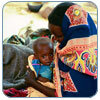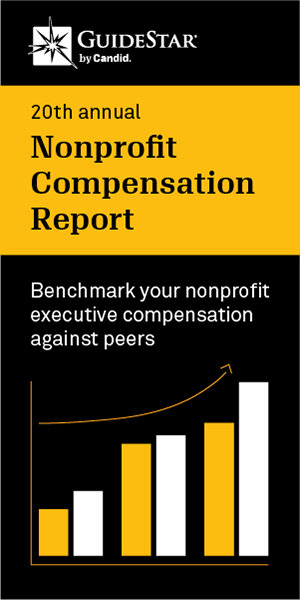Crisis in Darfur Project

Mission:
To enable people worldwide to visualize and better understand the genocide currently unfolding in Darfur, Sudan, through photographs, data, and eyewitness testimony.
Background:
In 2004, the United States Holocaust Memorial Museum declared a genocide emergency for Darfur, Sudan. To date, about 2.5 million civilians — targeted because of their ethnic or racial identity — have been driven from their homes, more than 300,000 people have been killed, and more than 1,600 villages destroyed by Sudanese government soldiers and government-backed militias known as the Janjaweed. The conflict has also displaced more than 200,000 Sudanese refugees to neighboring Chad. The Crisis in Darfur Project is the first installment of the Genocide Prevention Mapping Initiative, an ongoing collaboration between USHMM and Google Earth that seeks to inform concerned individuals about humanitarian crises around the world. The initiative is funded in part by the John D. and Catherine T. MacArthur Foundation.
Outstanding Web Features:
In collaboration with Google Earth, the mapping initiative enables concerned individuals to bear witness to the ongoing destruction in Darfur. Using coordinates provided by USHMM, Google acquired high-resolution imagery of Darfur and eastern Chad. Additional "layers" created from data provided by the U.S. State Department, United Nations agencies, nongovernmental organizations, and freelance photographers show the scope of the genocide in Darfur and its continuing spillover into Chad. Through Google Earth, users can view images of more than 1,600 damaged and destroyed villages, including more than 133,000 homes, schools, mosques, and other buildings that have been burned to the ground. In addition, people can create their own Darfur presentations and share information in a discussion forum.





